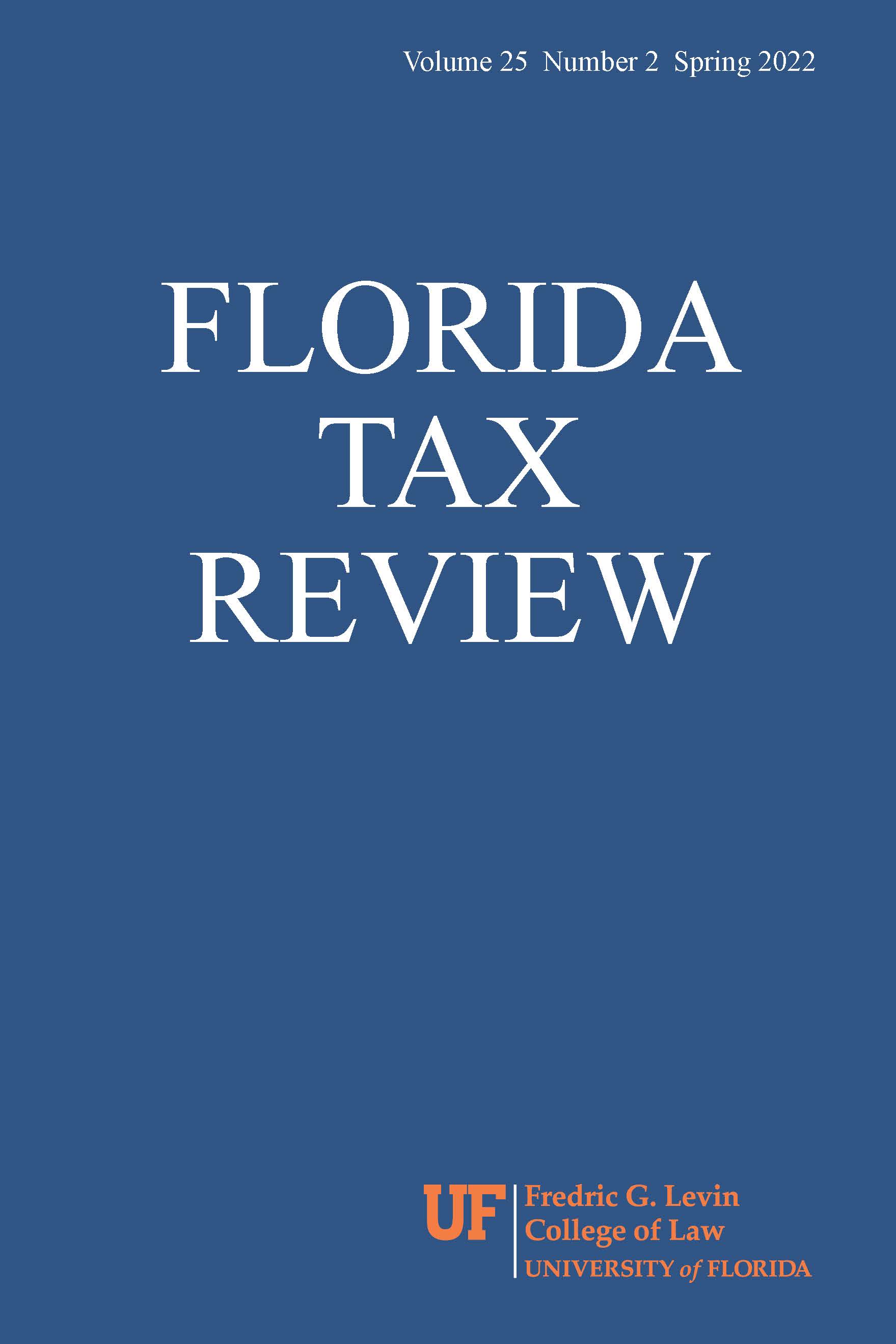Binding Constitutional History Reverse Pollock and End Fatal Apportionment
Main Article Content
Abstract
The Constitution requires that direct taxes be apportioned among the states by population. The original purpose of the rule was to apportion direct taxes upon the states, that is, requisitions, to ensure that tax rates on wealth were equal across the states. Population was the best available measure of the relative wealth of the state. The Articles of Confederation had required apportionment of direct taxes by the relative value of real estate and improvements, but the system had failed because Congress could not control the manipulation of appraisal of value submitted by the states. Under the assumption that population measured wealth, per capita wealth was therefore assumed to be equal among the states, and a tax apportioned by population would therefore mean that tax rates on wealth would be equal across the states. Apportionment by population was thought out and debated under the Articles of Confederation, which allowed Congress to tax revenue only by requisitions upon the states. Where apportionment did not lead to uniform rates, or could not be reasonably applied, the tax was therefore not direct. Apportionment was written to be a just rule leading to equal rates on wealth and not a prohibition on federal use of a tax. When a base is not equal per capita, apportionment if applied would lead to higher tax rates in poorer states, which is the opposite of what the requirement was intended to accomplish.

